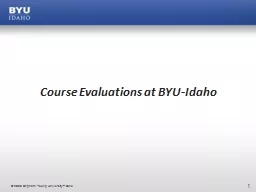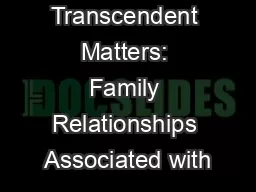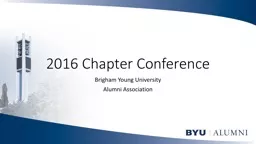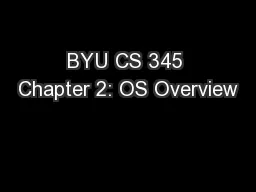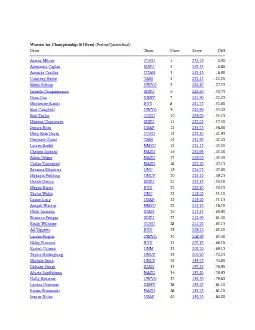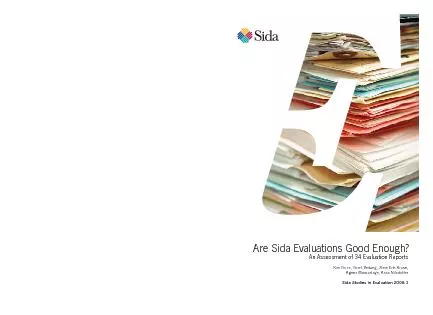PPT-Course Evaluations at BYU-Idaho
Author : giovanna-bartolotta | Published Date : 2019-02-02
1 Assess course quality and teaching performance Assist in teacher improvement Give students an opportunity to provide input Satisfy accreditation requirements Primary
Presentation Embed Code
Download Presentation
Download Presentation The PPT/PDF document "Course Evaluations at BYU-Idaho" is the property of its rightful owner. Permission is granted to download and print the materials on this website for personal, non-commercial use only, and to display it on your personal computer provided you do not modify the materials and that you retain all copyright notices contained in the materials. By downloading content from our website, you accept the terms of this agreement.
Course Evaluations at BYU-Idaho: Transcript
Download Rules Of Document
"Course Evaluations at BYU-Idaho"The content belongs to its owner. You may download and print it for personal use, without modification, and keep all copyright notices. By downloading, you agree to these terms.
Related Documents

